Africa · Asia · Botswana · Central America · Costa Rica · India · Indonesia · Montana · North America · Regions · South Africa · Travel Miscellany · USA
How the Rich List can save the Red List
The Sunday Times’ Rich List is eagerly awaited in May every year, as it reveals the 1,000 wealthiest individuals and families in the UK. Brexit has done no favours for most people on this list, but fear not, those featured still have at least £80m (over US$100m) in net wealth.
 Significantly, since 2005, as part of the Rich List, The Sunday Times has also produced an annual Giving List, which tracks the most generous philanthropists in the UK as a proportion of their wealth. In 2018, it was reported that of the 300 philanthropists listed in the Giving List, a total of £3,207 billion (US$4.1 bn) was given away – impressive!
Less known is the Red List. The Red List of Threatened Species, founded in 1964, is the world’s most comprehensive inventory of the global conservation status of biological species. With its strong scientific base, the IUCN Red List is recognized as the most authoritative guide to the status of biological diversity.
Some species on the Red List include:
Significantly, since 2005, as part of the Rich List, The Sunday Times has also produced an annual Giving List, which tracks the most generous philanthropists in the UK as a proportion of their wealth. In 2018, it was reported that of the 300 philanthropists listed in the Giving List, a total of £3,207 billion (US$4.1 bn) was given away – impressive!
Less known is the Red List. The Red List of Threatened Species, founded in 1964, is the world’s most comprehensive inventory of the global conservation status of biological species. With its strong scientific base, the IUCN Red List is recognized as the most authoritative guide to the status of biological diversity.
Some species on the Red List include:
 Combine this with exploring South Africa’s winelands and Cape Town, Victoria Falls, and Namibia’s towering sand dunes, and more.
4. Fund the re-homing of an orangutan family in Indonesia
Orangutans are on the endangered list due to habitat loss caused by rampant palm oil production, and you can fund and witness the relocation of an orangutan family to a protected reserve where they can thrive.
Combine this with exploring South Africa’s winelands and Cape Town, Victoria Falls, and Namibia’s towering sand dunes, and more.
4. Fund the re-homing of an orangutan family in Indonesia
Orangutans are on the endangered list due to habitat loss caused by rampant palm oil production, and you can fund and witness the relocation of an orangutan family to a protected reserve where they can thrive.
 Combine this with sailing around the islands on a luxury yacht, diving, or head to Bali for spa treatments, cooking classes, surfing and more.
3. Fund the creation of a hammerhead shark nursery in Costa Rica
Join marine biologists and research teams in their tagging and tracking efforts of the Hammerhead Shark, spending the day in one of the largest marine protected areas in the world.
Combine this with sailing around the islands on a luxury yacht, diving, or head to Bali for spa treatments, cooking classes, surfing and more.
3. Fund the creation of a hammerhead shark nursery in Costa Rica
Join marine biologists and research teams in their tagging and tracking efforts of the Hammerhead Shark, spending the day in one of the largest marine protected areas in the world.
 You can help to collect scientific data on shark fisheries and identify and describe critical habitats for the Hammerhead Shark through a shark tagging program. Help fish, catch, measure, tag and then document the vital shark data.
Combine this with submarine exploration, helicopter flights over volcanoes, get immersed in the cowboy culture, and much more.
2. Donate to snow leopard conservation in India and track them in the wild
The snow leopard (also known as the “ghost cat”) is a large cat native to the mountain ranges of Central and South Asia. It is listed as Vulnerable on the Red List because the global population is estimated to number less than 10,000 mature individuals and is expected to decline about 10% by 2040. It is threatened by poaching and habitat destruction following infrastructural developments.
You can help to collect scientific data on shark fisheries and identify and describe critical habitats for the Hammerhead Shark through a shark tagging program. Help fish, catch, measure, tag and then document the vital shark data.
Combine this with submarine exploration, helicopter flights over volcanoes, get immersed in the cowboy culture, and much more.
2. Donate to snow leopard conservation in India and track them in the wild
The snow leopard (also known as the “ghost cat”) is a large cat native to the mountain ranges of Central and South Asia. It is listed as Vulnerable on the Red List because the global population is estimated to number less than 10,000 mature individuals and is expected to decline about 10% by 2040. It is threatened by poaching and habitat destruction following infrastructural developments.
 With a donation to the World Wildlife Fund, you can embark on a private expedition to track them with expert guides and naturalists in the wilds of Ladakh, India.
1. Donate to help complete a wolf corridor and witness how wolves saved Yellowstone
Colorado is the “missing link” in a wolf corridor from Mexico to Canada which would strengthen and preserve this vital apex predator. Legislation is needed to be passed in Colorado to enable the corridor to be completed. You get to explore Ted Turner’s ranch in Montana to see wolves thriving, and then head to Yellowstone National Park in Wyoming to see “Ground Zero” where wolves were reintroduced in 1989 after a 70 year absence.
With a donation to the World Wildlife Fund, you can embark on a private expedition to track them with expert guides and naturalists in the wilds of Ladakh, India.
1. Donate to help complete a wolf corridor and witness how wolves saved Yellowstone
Colorado is the “missing link” in a wolf corridor from Mexico to Canada which would strengthen and preserve this vital apex predator. Legislation is needed to be passed in Colorado to enable the corridor to be completed. You get to explore Ted Turner’s ranch in Montana to see wolves thriving, and then head to Yellowstone National Park in Wyoming to see “Ground Zero” where wolves were reintroduced in 1989 after a 70 year absence.
 The reintroduction of wolves in Yellowstone has had a profound effect not just on creating sustainable populations of other wildlife in the park, but also on the rivers and ecosystem of the park – view an inspiring video about this here.
The reintroduction of wolves in Yellowstone has had a profound effect not just on creating sustainable populations of other wildlife in the park, but also on the rivers and ecosystem of the park – view an inspiring video about this here.

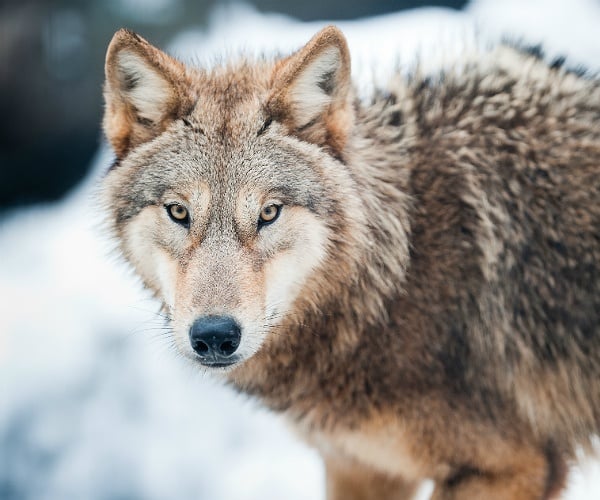 Significantly, since 2005, as part of the Rich List, The Sunday Times has also produced an annual Giving List, which tracks the most generous philanthropists in the UK as a proportion of their wealth. In 2018, it was reported that of the 300 philanthropists listed in the Giving List, a total of £3,207 billion (US$4.1 bn) was given away – impressive!
Less known is the Red List. The Red List of Threatened Species, founded in 1964, is the world’s most comprehensive inventory of the global conservation status of biological species. With its strong scientific base, the IUCN Red List is recognized as the most authoritative guide to the status of biological diversity.
Some species on the Red List include:
Significantly, since 2005, as part of the Rich List, The Sunday Times has also produced an annual Giving List, which tracks the most generous philanthropists in the UK as a proportion of their wealth. In 2018, it was reported that of the 300 philanthropists listed in the Giving List, a total of £3,207 billion (US$4.1 bn) was given away – impressive!
Less known is the Red List. The Red List of Threatened Species, founded in 1964, is the world’s most comprehensive inventory of the global conservation status of biological species. With its strong scientific base, the IUCN Red List is recognized as the most authoritative guide to the status of biological diversity.
Some species on the Red List include:
- White rhino
- Black rhino
- Orangutan
- Arctic Fox
- Hammerhead Shark
- Wolf
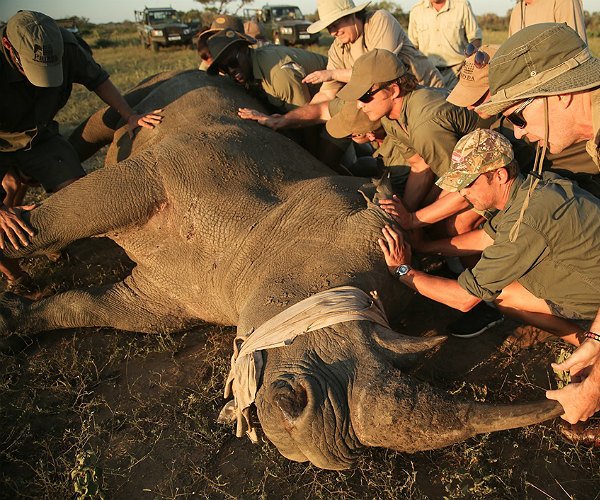 Combine this with exploring South Africa’s winelands and Cape Town, Victoria Falls, and Namibia’s towering sand dunes, and more.
4. Fund the re-homing of an orangutan family in Indonesia
Orangutans are on the endangered list due to habitat loss caused by rampant palm oil production, and you can fund and witness the relocation of an orangutan family to a protected reserve where they can thrive.
Combine this with exploring South Africa’s winelands and Cape Town, Victoria Falls, and Namibia’s towering sand dunes, and more.
4. Fund the re-homing of an orangutan family in Indonesia
Orangutans are on the endangered list due to habitat loss caused by rampant palm oil production, and you can fund and witness the relocation of an orangutan family to a protected reserve where they can thrive.
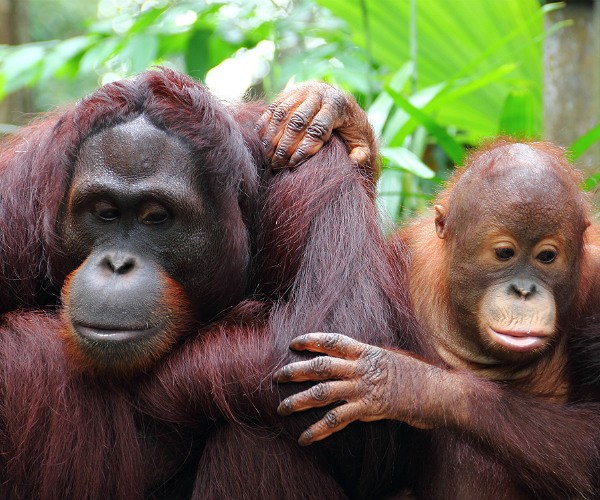 Combine this with sailing around the islands on a luxury yacht, diving, or head to Bali for spa treatments, cooking classes, surfing and more.
3. Fund the creation of a hammerhead shark nursery in Costa Rica
Join marine biologists and research teams in their tagging and tracking efforts of the Hammerhead Shark, spending the day in one of the largest marine protected areas in the world.
Combine this with sailing around the islands on a luxury yacht, diving, or head to Bali for spa treatments, cooking classes, surfing and more.
3. Fund the creation of a hammerhead shark nursery in Costa Rica
Join marine biologists and research teams in their tagging and tracking efforts of the Hammerhead Shark, spending the day in one of the largest marine protected areas in the world.
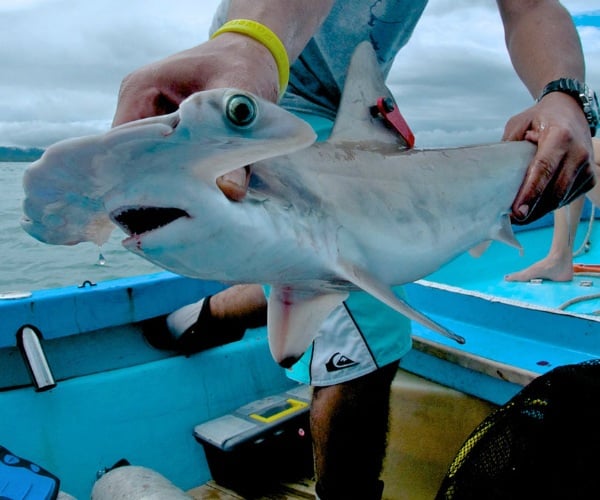 You can help to collect scientific data on shark fisheries and identify and describe critical habitats for the Hammerhead Shark through a shark tagging program. Help fish, catch, measure, tag and then document the vital shark data.
Combine this with submarine exploration, helicopter flights over volcanoes, get immersed in the cowboy culture, and much more.
2. Donate to snow leopard conservation in India and track them in the wild
The snow leopard (also known as the “ghost cat”) is a large cat native to the mountain ranges of Central and South Asia. It is listed as Vulnerable on the Red List because the global population is estimated to number less than 10,000 mature individuals and is expected to decline about 10% by 2040. It is threatened by poaching and habitat destruction following infrastructural developments.
You can help to collect scientific data on shark fisheries and identify and describe critical habitats for the Hammerhead Shark through a shark tagging program. Help fish, catch, measure, tag and then document the vital shark data.
Combine this with submarine exploration, helicopter flights over volcanoes, get immersed in the cowboy culture, and much more.
2. Donate to snow leopard conservation in India and track them in the wild
The snow leopard (also known as the “ghost cat”) is a large cat native to the mountain ranges of Central and South Asia. It is listed as Vulnerable on the Red List because the global population is estimated to number less than 10,000 mature individuals and is expected to decline about 10% by 2040. It is threatened by poaching and habitat destruction following infrastructural developments.
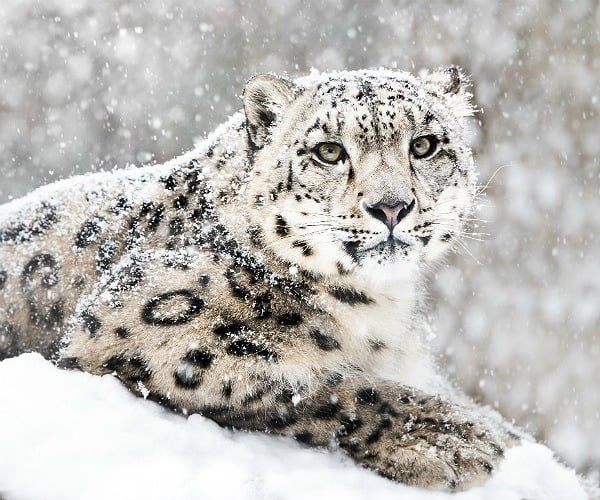 With a donation to the World Wildlife Fund, you can embark on a private expedition to track them with expert guides and naturalists in the wilds of Ladakh, India.
1. Donate to help complete a wolf corridor and witness how wolves saved Yellowstone
Colorado is the “missing link” in a wolf corridor from Mexico to Canada which would strengthen and preserve this vital apex predator. Legislation is needed to be passed in Colorado to enable the corridor to be completed. You get to explore Ted Turner’s ranch in Montana to see wolves thriving, and then head to Yellowstone National Park in Wyoming to see “Ground Zero” where wolves were reintroduced in 1989 after a 70 year absence.
With a donation to the World Wildlife Fund, you can embark on a private expedition to track them with expert guides and naturalists in the wilds of Ladakh, India.
1. Donate to help complete a wolf corridor and witness how wolves saved Yellowstone
Colorado is the “missing link” in a wolf corridor from Mexico to Canada which would strengthen and preserve this vital apex predator. Legislation is needed to be passed in Colorado to enable the corridor to be completed. You get to explore Ted Turner’s ranch in Montana to see wolves thriving, and then head to Yellowstone National Park in Wyoming to see “Ground Zero” where wolves were reintroduced in 1989 after a 70 year absence.
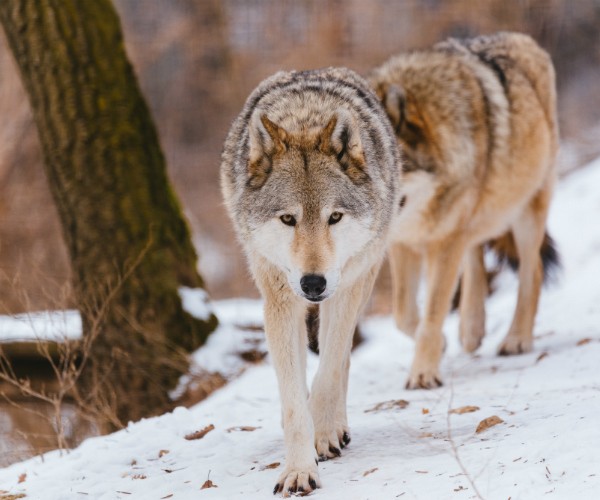 The reintroduction of wolves in Yellowstone has had a profound effect not just on creating sustainable populations of other wildlife in the park, but also on the rivers and ecosystem of the park – view an inspiring video about this here.
The reintroduction of wolves in Yellowstone has had a profound effect not just on creating sustainable populations of other wildlife in the park, but also on the rivers and ecosystem of the park – view an inspiring video about this here.

Did you enjoy this article?
Receive similar content direct to your inbox.


A fascinating bit of out of the box thinking juxtaposing the Red List and the Rich List. To my shame I didn’t even know that the Red List exists and I’m amazed that it dates back to the 1960s.
The Red List needs to be in people’s faces much more. If we could get some of that Rich List wealth to pay for a World Wildlife advertising / education campaign it could make a difference. Imagine billboards listing the most endangered species or film adverts with a succession of species on the verge of extinction.
I think more awareness of the red list is needed, so well done for this post. It’s all very well for every folk to contribute the smaller things they can to help the environment and endangered species, but that only goes so far. Those with the money to do more, to make a huge impact, need to do more rather than line their own pockets. It’s a privilege to be wealthy, and it would be a privilege to save the animals that are part of this world to whom we owe the help.
You are right Noah – with great power comes great responsibility! We can leave a legacy for future generations.
Your piece and the video put together a very convincing case for the return of the wolves. Why is it that Colorado isn’t doing much about introducing a wolves corridor?
The good news is that Colorado is starting to take action, and things are moving in the right direction: we hope legislation will be passed by 2021 or even 2020!